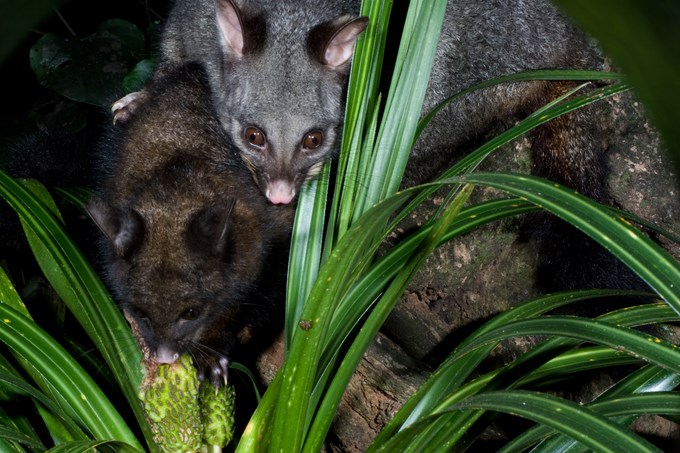Pest management is a vital tool for ensuring the protection of our precious biodiversity.
The pests that threaten the Auckland region – including plant, animal and pathogen pests – and the Biosecurity Act have both changed in the past decade, so Auckland Council reviewed its existing pest management strategy to reflect these changes.
This week, the council’s Environment and Community Committee decided to adopt the new and improved Regional Pest Management Plan 2019 – 2029 (RPMP).
The plan sets objectives and rules to manage over 400 pests in the region to protect Auckland’s priority ecosystems, threatened species and primary production.
It includes programmes for managing pests on parks; kauri dieback; possums, cats, pest spread to the Hauraki Gulf Islands; on-island control for Aotea/Great Barrier, Waiheke and Kawau Islands and freshwater biosecurity.
Chair of the Committee, Councillor Penny Hulse says the plan is an exciting and necessary progression for the protection of Auckland’s biodiversity.
“We know we’ve under invested in protecting our native ecosystems for decades, which has led to biodiversity in our region declining. If we continue along that path, it’s a very real possibility that we’ll lose species forever.
“The natural environment targeted rate has allowed us to adopt an operative plan, that is a real step-change on previous investment – a remarkable 189 per cent increase - and will enable us to take some important steps to stem current decline.
“This plan is more than just a rule book, it is a strategic direction to ensure that Auckland remains a leader in the protection of our ecosystems.”
Consultation on the RPMP was carried out in March 2018 alongside the Long-term Plan. Over 1,300 submissions were received, with most topics receiving a high level of support.
Highlights from the plan include:
- Pest management in local and regional parks will increase from 33% to 94% of significant parkland
- Introduces 55 new plant pests including yellow bristle grass and bangalow palms, and 11 new animals including red-eared slider turtles
- Brings stronger controls for people moving pests to Hauraki Gulf islands. It extends the Pest-free Warrant to a regulatory approach, complemented by species-specific rules in some cases
- Prioritises protection of Aotea / Great Barrier freshwater ecosystems (which are free of all main pests) using exclusion programmes for a range of freshwater pest plants and animals
- Almost doubles current levels of rural possum control
- Continues council’s programme of eradicating over 30 serious pest plants from across the region. This will protect primary production from nasty pests such as Chilean needlegrass which causes blindness and lameness in livestock
- Introduces a new commitment to facilitate increased rates of responsible pet ownership behaviours such as de-sexing. The other new aspect of cat management is to make it clearer that when a cat, that is not clearly identifiable as owned (e.g. with named, addressed collar or microchip) is found at a high biodiversity value site, they can be managed to protect native species in the area.
Read the full report here (item 10)
We will be highlighting aspects of the new plan in depth over the next few weeks on OurAuckland.


